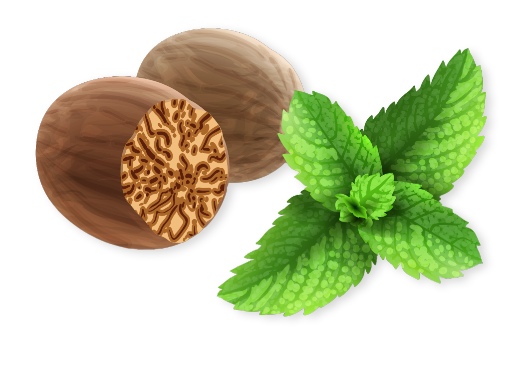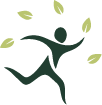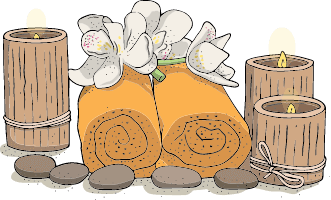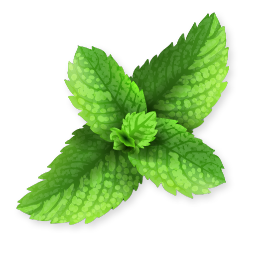- Cervical (neck)
- Thoracic (mid-back)
- Lumbar (lower back)
- Lumbosacral (lower back and sacrum)
WHAT IS SPONDYLOSIS?
Spondylosis, or spinal osteoarthritis, is a degenerative condition affecting the spine due to wear and tear. It primarily occurs in facet joints where vertebrae connect, impacting mobility and potentially compressing nerves. Spondylosis often affects the cervical (neck) and lumbar (lower back) regions.
TYPES OF SPONDYLOSIS
SIGNS & SYMPTOMS
- Persistent back, neck, or mid-back pain
- Stiffness and restricted mobility
- Pain radiating to limbs in some cases
- Occasional tingling or numbness
CAUSES
Aging is the main cause, leading to disc and joint degeneration and bone spur formation, which can compress nerves and cause pain. Other risk factors include genetic predisposition, prior injuries, and lifestyle factors.
TREATMENT AT SANJEEVANAM AYURVEDA HOSPITAL
Sanjeevanam offers a comprehensive Ayurvedic approach to managing spondylosis, focusing on reducing inflammation and strengthening the spine with therapies such as:
- Snehana (oleation) and Swedana (sweating): Relieve inflammation and improve muscle flexibility.
- Rooksha Swedam, Choorna Pinda Swedam, and Pathra Pinda Swedam: Herbal therapies to alleviate pain.
- Greeva Vasthi and Kati Vasth: Specialized oil-retention treatments to support neck and lower back health.
- Vasti Treatments: Enemas (Maatra, Nirooha, Vaitharana) to balance Vata dosha and support spinal health.
- Supporting therapies: include strengthening exercises, yoga, postural correction, and lifestyle adjustments for lasting relief and prevention.
BOOK APPOINTMENT
























